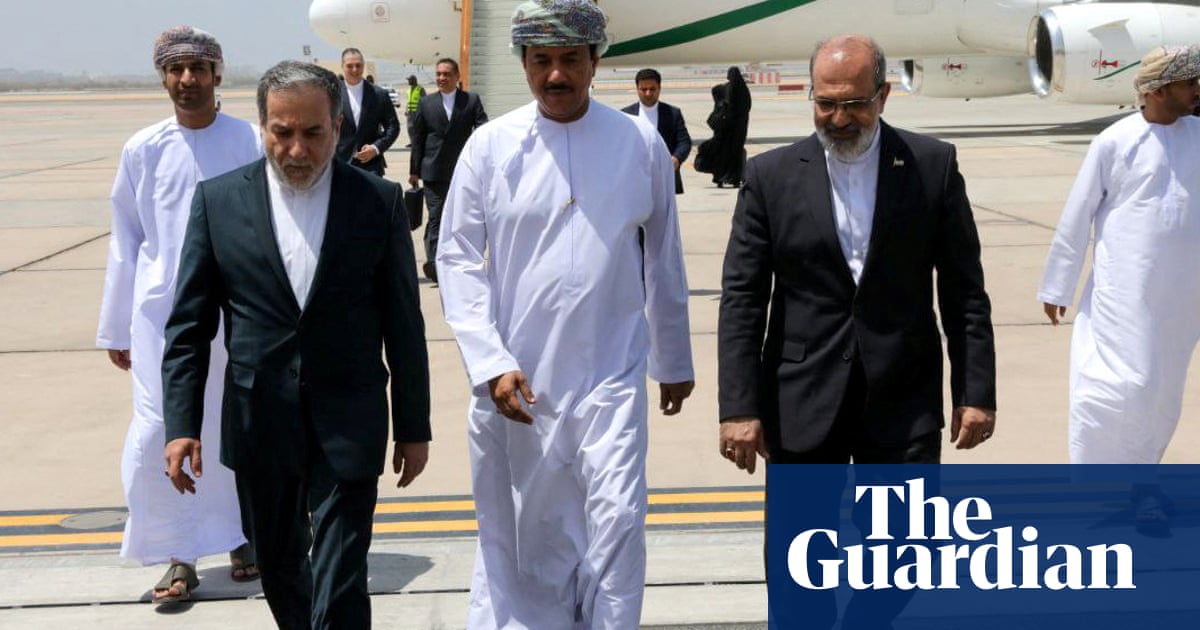Iran has floated the idea of a consortium of Middle Eastern countries, including Iran, Saudi Arabia and theUnited Arab Emirates(UAE), to enrich uranium as a way of overcoming some US objections to Iran continuing to have its own enrichment programme.
The proposal would be one way of locking the Gulf states into supporting the Iranian position that it must be continued to be allowed to enrich.
The Iranians view the proposal as a concession since the Gulf states would be gaining access to Iranian technological knowledge, and becoming stakeholders in the process.
It is not clear if Abbas Araghchi, the Iranian foreign minister, made the proposal in relatively briefthree-hour talks with the US in Omanon Sunday, the fourth set of such talks, but the proposal is circulating in Tehran.
After the Sunday talks, Araghchi flew to Dubai where he spoke to the UAE’s foreign minister, Sheikh Abdullah bin Zayed Al Nahyan.
The UAE does not enrich its own uranium for its own nuclear site.
The consortium would be based on Iranian facilities with enrichment returned to the 3.67% levels set out in the original 2015 nuclear deal between Tehran and six world powers, which Donald Trump unilaterally ended in 2018.
The US has been demanding that Iran ends all enrichment and that all its nuclear facilities are dismantled. But, amid disputes within the US administration, Trump has said he has not yet made a final decision on the enrichment issue and praised the Iranians for the seriousness with which they were taking the talks.
The consortium idea was first proposed by former Iranian nuclear negotiator Seyed Hossein Mousavian and Princeton physicist Frank von Hippel long before the current Tehran-Washington talks, in a widely read October 2023 article in the Bulletin of the Atomic Scientists.
Under the plan the Saudis and Emiratis would be shareholders in the consortium, as well as funders, and would gain access to Iran’s technologies. The involvement of the Gulf states could be seen as an extra insurance that Iran’s nuclear programme was for entirely civil purposes and not the pathway to building a bomb as Israel alleges.
If the Saudis and Emiratis were permitted to send engineers to Iran, an extra form of visibility about the Iranian nuclear programme would become possible, leaving the international community less reliant solely on the work of the UN nuclear inspectors from the International Atomic Energy Agency.
Iran gradually moved away from the levels of enrichment and stockpile limits set out in the original 2015 deal, blaming Trump for leaving the nuclear deal. Iran’s deputy foreign minister, Majid Takht-Ravanchi, said: “For a limited period of time, we can accept a series of restrictions on the level and volume of enrichment”.
The US originally gave the impression that it needs an agreement with Iran within two months of the talks starting but, as the technicalities of any agreement become more complex, it is possible the talks will be allowed to drag on through the summer.
Iran currently enriches uranium to 60% purity – far above the 3.67% limit set in the 2015 deal, and a short technical step from 90% needed for weapons-grade material. The US secretary of state, Marco Rubio, said these uranium enrichment level are far higher than necessary for civilian uses.
In what may have been a reference to the Iranian proposal Omani foreign minister, Badr Al Busaidi, referred to “useful and original ideas reflecting a shared wish to reach an honourable agreement”.
The UAE operates a civil nuclear power plant named Barakah, located west of Abu Dhabi. It is the first nuclear power plant in the Arab world to be fully operational, with all four reactors now online, and should be capable of producing a quarter of the UAE’s electricity needs.
